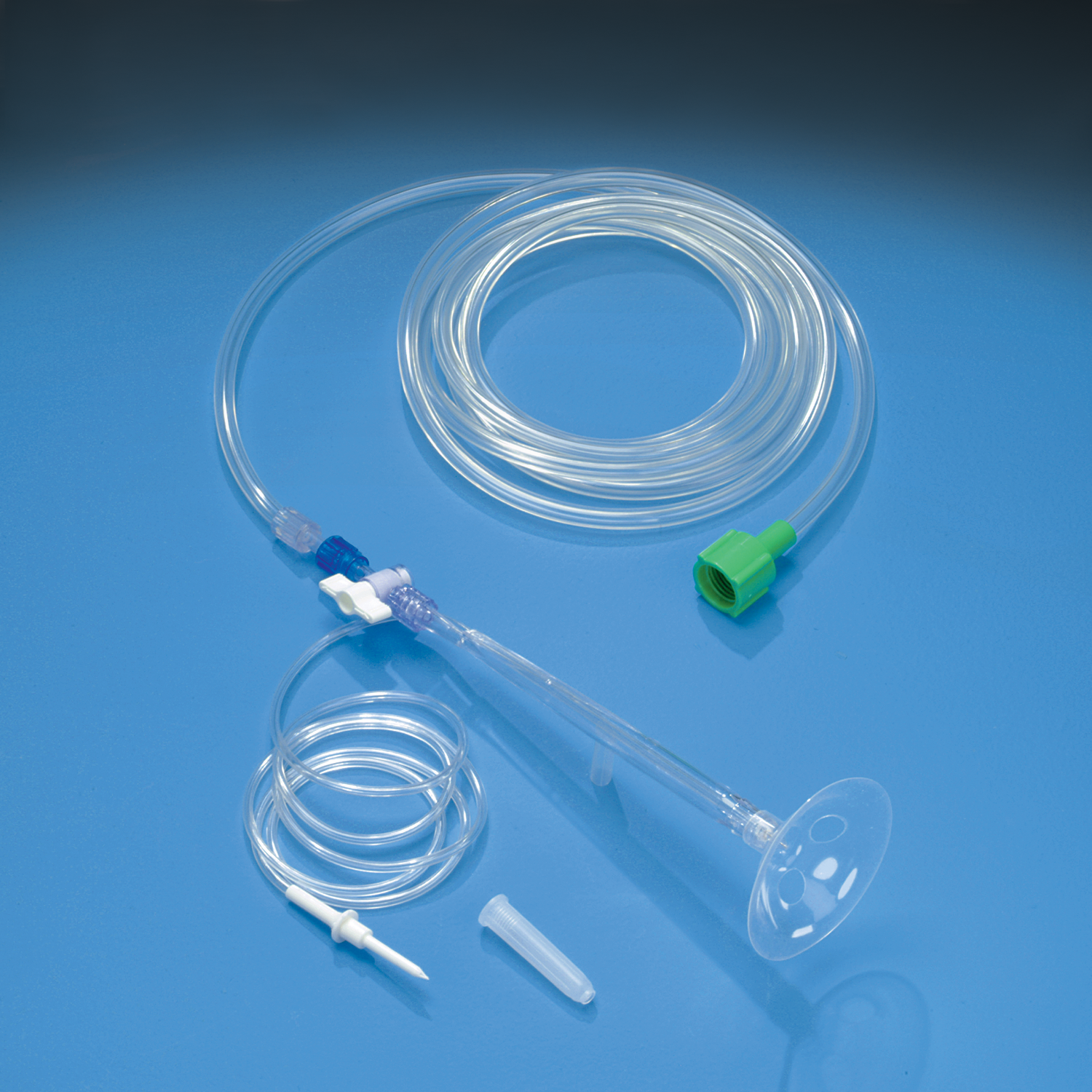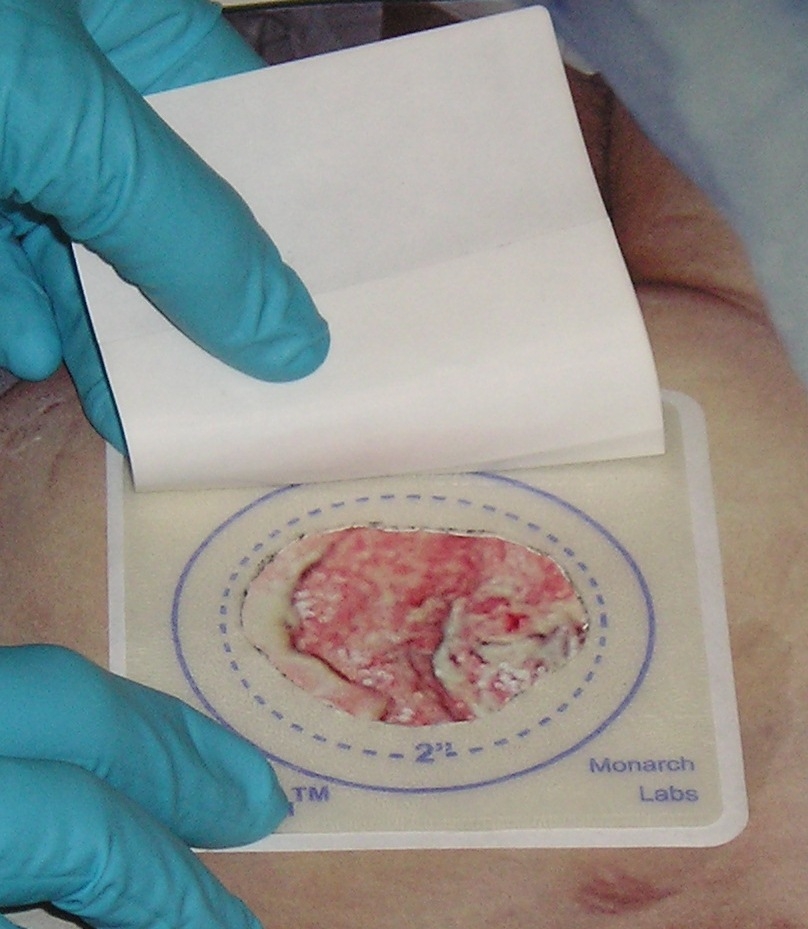Debridement Devices
Debridement devices are items such as a maggots, lasers, ultrasound, monofilament pads, forceps, scissors or scalpels, or other sharp debridement instruments or technologies used to selectively or non-selectively remove non-viable necrotic tissue from a wound. This is usually performed at the bedside. Removal of necrotic tissue is done sequentially and in combination with other debridement methods, such as pulsed lavage, enzymatic agents, or moisture-retentive dressings.
Debridement devices are items such as a maggots, lasers, ultrasound, monofilament pads, forceps, scissors, or scalpels or other sharp debridement instruments used to selectively remove nonviable necrotic tissue from a wound. This process is known as sharp debridement. Conservative sharp debridement is performed at the bedside and removal of necrotic tissue is done sequentially and in combination with other debridement methods, such as pulsed lavage, enzymatic agents, or moisture-retentive dressings.
Selective removal of necrotic tissue from a wound is a process known as sharp debridement. Conservative sharp debridement is performed at the bedside and removal of necrotic tissue is done sequentially and in combination with other methods of debridement, such as pulsed lavage, enzymatic agents, medicinal maggot therapy or moisture-retentive dressings.
Debridement devices feature the following general performance properties and attributes:
• Removes necrotic tissue, allowing wound healing to progress
• Allows for targeted removal necrotic tissue
Debridement devices are indicated for debridement of necrotic tissue in acute and chronic lesions, such as pressure ulcers, diabetic ulcers, burns, post-operative wounds, trauma wounds, and infected wounds.
Sharp debridement should be used with care in patients with hemophilia or other blood clotting disorders and in patients receiving anti-coagulant medication.
Always read the package insert and use according to manufacturer’s recommendations.
Products
Pagination
Have a product to submit?
Be included in the most comprehensive wound care products directory
and online database.
Learn More


















Follow WoundSource
Tweets by WoundSource